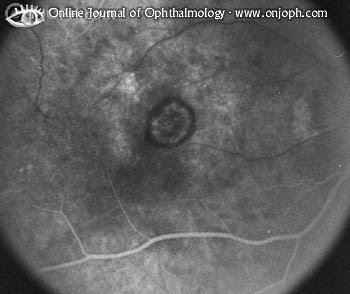* 3:1 male to female predominance
* Over the age of 40
* Hemorrhage in the media (at vasa vasorum) leading to either
- Hemorrhage in the wall (less common)
- Hemorrhage separate media from adventitia
· Predisposing factorso Hypertension (most commonly)
o Atherosclerosis
o Cystic medial necrosis
o Coarctation of the aorta
o Aortic stenosis
o S/P prosthetic aortic valve
o Trauma (rare)
o Pregnancy (rare)
· Aneurysm defined by size criteriao In general, ascending aorta > 5 cm
o Descending aorta > 4 cm
· Vessels involved with dissectiono Any artery can be occluded
o Usually the right coronary and three arch vessels are involved with arch
aneurysms
o Right pulmonary artery and left-sided pulmonary veins may be occluded
· Typeso DeBakey Type I...............................................Involves entire aorta
o DeBakey Type II "Least common"...............Ascending aorta only
o DeBakey Type III "Most common"...............Descending aorta only
o Stanford Type A................................................Ascending aorta involved
----- Over half develop aortic regurgitation
o Stanford Type B.................................................Ascending aorta NOT involved
· Most dissections arise either just distal to the aortic valve or just distal to aortic isthmus
·Clinicalo Sharp, tearing, intractable chest pain
o Murmur or bruit of aortic regurgitation
o Previously hypertensive, now possible shock
o Asymmetric peripheral pulses
o Pulmonary edema
· Imaging Findingso Chest films- - Mediastinal widening
- - Left paraspinal stripe
- - Displacement of intimal calcifications
- - Apical pleural cap
- - Left pleural effusion
- - Displacement of endotracheal tube or nasogastric tube
o MRI- - Intimal flap
- - Slow flow or clot in false lumen
o CT- - Intimal flap
- - Displacement of intimal calcification
- - Differential contrast enhancement of true versus false lumen
 CT of abdominal aorta shows intimal flap (dark line -red arrow) with true lumen anteriorly and false lumen posteriorly
CT of abdominal aorta shows intimal flap (dark line -red arrow) with true lumen anteriorly and false lumen posteriorly- - Intimal flap
- - Double lumen
- - Compression of true lumen by false channel
- - Increase in aortic wall thickness > 10 mm
- - Obstruction of branch vessels

















